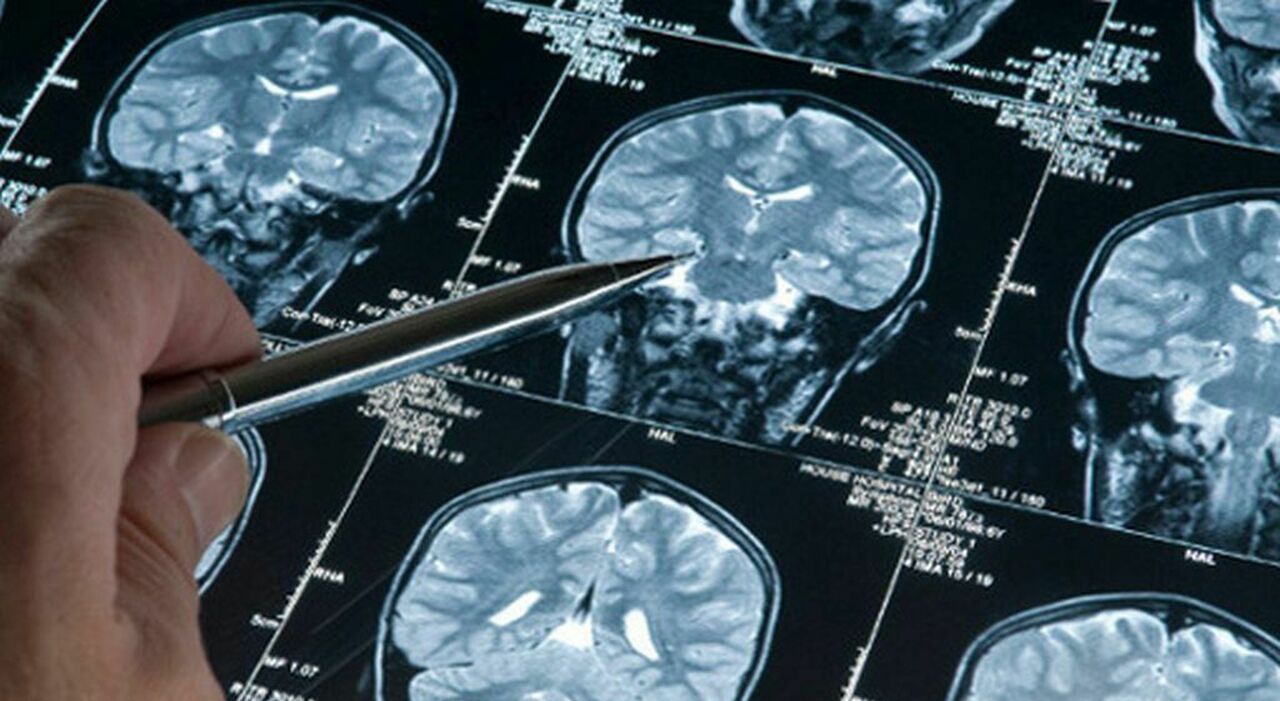The football players Gianluca Signorini e Stefano Borgonovo with their stories they have contributed greatly to making amyotrophic lateral sclerosis known to the general public, a serious rare neurodegenerative disease for which the causes are unknown and which unfortunately does not yet have a cure. But the international scientific community, and the Italian one in particular (we are the fifth country in the world in terms of scientific publications), is particularly lively in research on SLA. It is therefore hoped that these studies will soon lead to one or more drugs capable of slowing down or blocking the course of this disease, which generally evolves in just 2-5 years. That’s why ALS patients can’t wait. In the meantime, it is essential to guarantee these people, who number around 6,000 in Italy (60% men), decent care (largely at home) and to support their families in this difficult journey.
INSIGHTS
THE DOCUMENT
Research conducted by the Observatory of Rare Diseases (OMaR) shed light on the many unexpressed needs of this microcosm, the results of which were condensed in the document “ALS – Manifesto on the unsatisfied clinical needs of patients and their families”, presented in the Senate in during an event, organized on the initiative of Senator Francesco Silvestro in collaboration with the Rare Diseases Observatory (OMaR), Havas PR and the Association of Parliamentary and Legislative Initiative for Health and Prevention. At the drafting of “Manifesto”, created with the unconditional support of Amylyx, the main associations in the sector took part: AISLA (Italian Association of Amyotrophic Lateral Sclerosis Onlus), ASLA (Association of Amyotrophic Lateral Sclerosis), AssiSLA Onlus, Associazione conSLAncio Onlus, Associazione Post Fata Resurgo ETS, Viva La Vita ODV ETS Association, 16 Novembre Onlus Committee and AriSLA Foundation – Italian Research Foundation for Amyotrophic Lateral Sclerosis ETS. A coalition of patient associations representing the Italian chapter of the European ALS Coalition, which last September presented to the European Parliament a policy paper on the priorities of ALS and the actions to be taken, from the optimization of diagnostic paths, to better patient care. The word “assistance” has a central weight in the “Manifesto”, but equally important is refining the tools early diagnosis (disease-specific biomarkers are lacking) and naturally arrive at an effective cure, the most pressing need to improve the prognosis. But in the meantime, how are these people managed on a daily basis? Home care is one of the keys to success but must be implemented in the context of a well-defined diagnostic-therapeutic care path, which includes a series of scheduled visits, also using telemedicine. At the moment, however, support for home care remains scarce and is not uniform across the country. Often, therefore, the care costs, which are of high intensity and complexity (especially in the last stages, people with ALS can never be left alone, it is necessary to continuously monitor a series of parameters and assist them in eating and breathing) fall 24 hours a day on the families, with an enormous load of responsibility and commitment. In fact, among the requests of the “Manifesto” there is also that of increasing economic aid for the sick and their families, also by activating the fund provided for by the Consolidated Law on Rare diseases. «For a disease like this – the associations say – it is important to act on two fronts simultaneously: promoting and financing scientific research, to identify the causes and biological mechanisms, so as to identify an effective therapy. And at the same time, guarantee adequate assistance, with the development of a personalized care and assistance path that accompanies people throughout the entire trajectory of the disease and that respects their centrality and uniqueness in the different care settings”.
THE BARRIERS
Other requests made by the associations also include the optimization of doctor-patient communication, psychological consultancy services for patients and family members and the removal of bureaucratic barriers, starting with the disability request. «The request received from doctors and patient associations, for the streamlining of the procedures and the disposal of the backlog for the recognition of disability and the assignment of home aids – states the Hon. Annarita Patriarca, Parliamentary Intergroup Promoter for Neurosciences andAlzheimer – it is understandable and certainly shareable. We’re busy, like Government e Parliamenton interventions to rationalize and reorganize healthcare and authorization pathways, in order to guarantee patients and their families the support and assistance they need, without forgetting that our healthcare service, despite all the difficulties it suffers from , remains one of the great pillars of our social fabric.”
© ALL RIGHTS RESERVED
